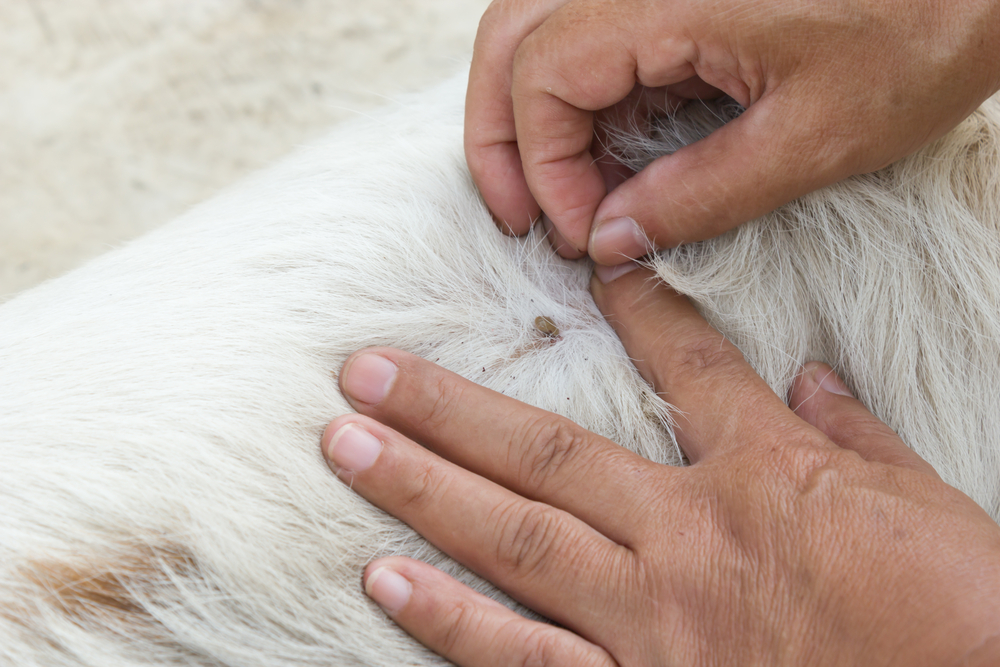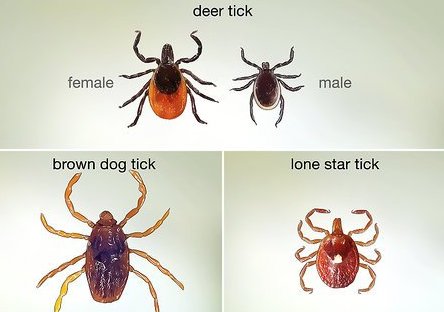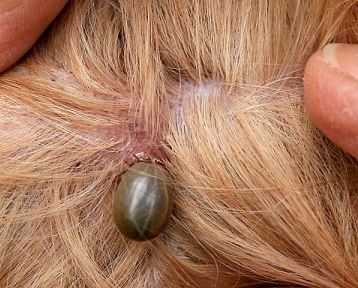
All About Deer Ticks: Protecting Your Pets from Pesky Pests
What Are Deer Ticks?
Deer Ticks vs. Dog Ticks: What’s the Difference?
While both deer ticks and dog ticks are harmful to pets, they have some key differences:
• Size: Deer ticks are smaller, with adult females being about the size of a sesame seed. Dog ticks, on the other hand, are larger, with adults growing to about the size of a small pea.
• Color: Deer ticks have dark brown or black legs and a reddish-brown body, while dog ticks are brown with grayish or white markings on their backs.
• Diseases: Deer ticks are known carriers of Lyme disease, anaplasmosis, and babesiosis. Dog ticks are more likely to spread Rocky Mountain spotted fever and tularemia. However, both types can transmit serious illnesses to pets and humans.
It’s important to understand these differences because identifying the type of tick can help determine the risk your pet may face.

Where Do Deer Ticks Come From?
How to Identify Ticks on Your Pet
• Size and shape: Look for a small, oval-shaped tick with a dark body.
• Engorged appearance: After feeding, the tick’s body may swell and become more noticeable.
• Location: Ticks often latch onto areas with less fur or more skin exposure, such as the ears, neck, underbelly, and between the toes.
Why Do Deer Ticks Pose a Threat to Your Pets?
Protect Your Pets from Deer Ticks
1. Tick prevention treatments: Topical treatments, tick collars, or oral medications can effectively repel ticks.
2. Regular tick checks: After outdoor playtime, inspect your pet’s fur, especially in areas where ticks like to hide.
3. Grooming: Keep your pet well-groomed to make spotting ticks easier.
4. Yard maintenance: Keep your yard clear of tall grass, leaves, and debris where ticks like to hide.





